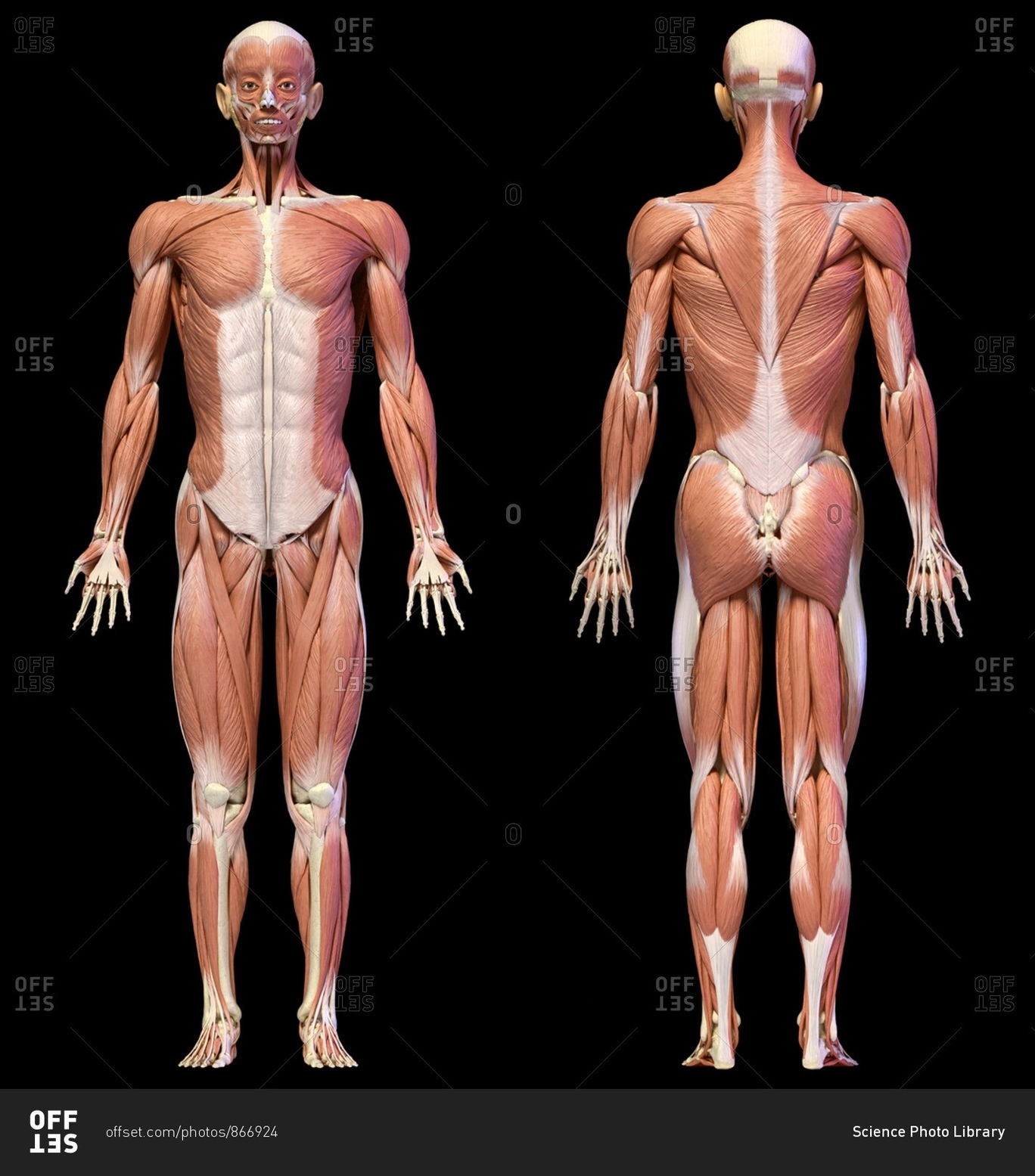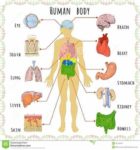The Male Muscular System
The muscular system is an organ system responsible for providing strength, maintaining balance, enabling movement, and producing heat. It comprises all muscle tissues, including skeletal muscle tissues, smooth muscle tissues, and cardiac muscle tissues.
Muscle Tissues
1. Skeletal Muscle Tissues: These are attached to bones and enable voluntary body movements. They are responsible for the most obvious function of the muscular system: movement. Organisms have adopted a variety of methods to use the contractile function of the muscular system to move through the environment.
2. Smooth Muscle Tissues: Found in the walls of blood vessels and structures such as the urinary bladder, intestines, and stomach, these muscles are under involuntary control. They aid in moving food through the digestive system. Most digestive organs are surrounded by smooth muscle tissue. When food needs to be moved through the gut, the muscles contract in a synchronized fashion in a wave through the digestive system.
3. Cardiac Muscle Tissues: These make up the heart and supply the main force for blood traveling through the body. They are also under involuntary control. Large arteries and veins have associated muscles which can contract or relax to control blood pressure.
Functions of the Muscular System
1. Movement: The muscular system contracts when energy from ATP is applied to the myosin heads of the myosin protein filament. The head releases the actin, reaches forward, and grips the actin again. Depending on the muscle cell, different forms of actin and myosin can be used.
2. Circulation: The muscular system assists with circulation. The actions of large skeletal muscles also help pump the blood and throughout the body. While you exercise and contract large and small muscles, they push vessels aside, which works like a pump to move fluids around your body.
3. Digestion: The muscular system aids in moving food through the digestive system. These wave-like muscular contractions are called peristalsis.
The muscular system is a set of tissues in the body with the ability to change shape. Muscle cells connect together and eventually to elements of the skeletal system. When the muscle cells contract, force is created as the muscles pull against the skeleton. The muscular system relies on the coordinated action of millions of actin and myosin filaments pulling in the same direction at the same time.
In conclusion, the muscular system plays a crucial role in maintaining the body’s posture, enabling movement, and producing heat. It is a complex system that works in harmony with other systems in the body to ensure our well-being and survival..


